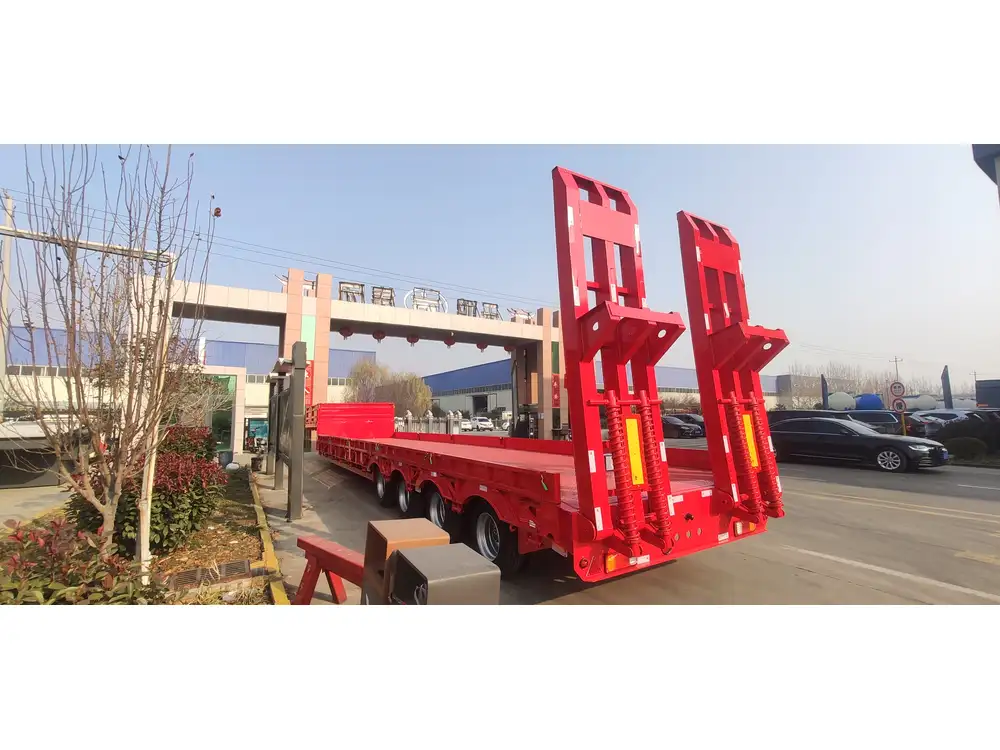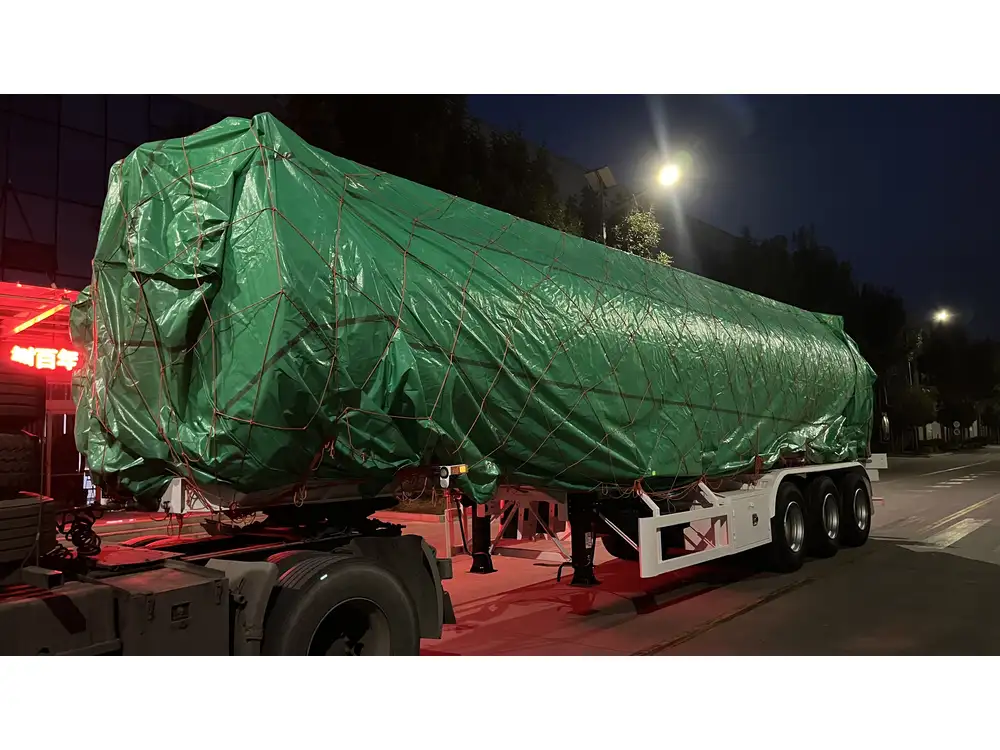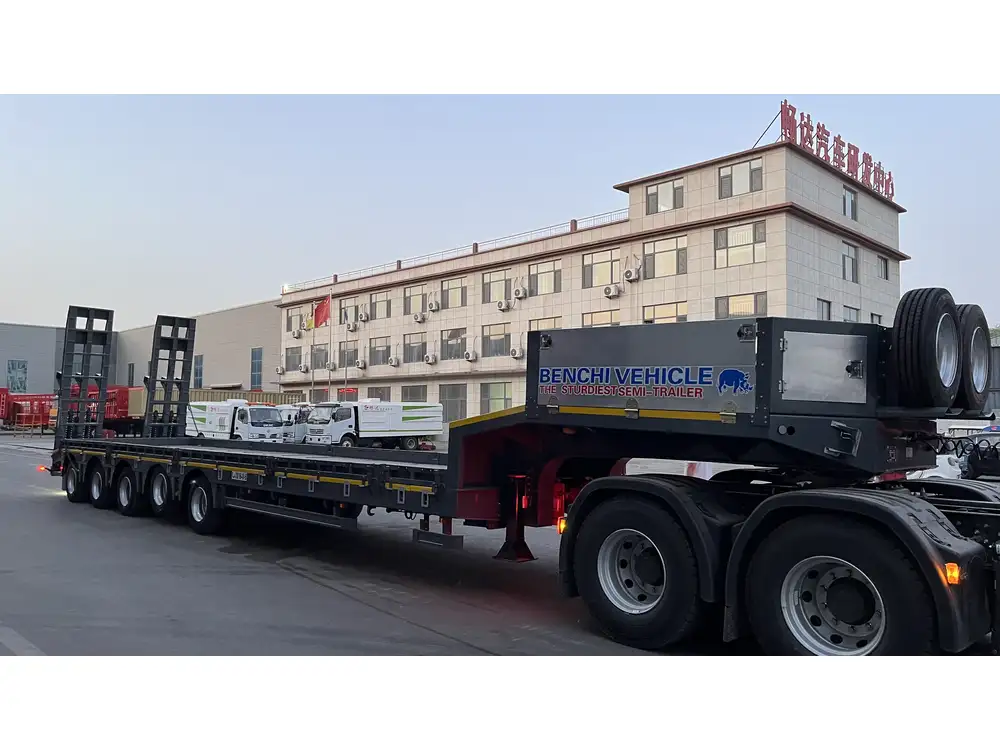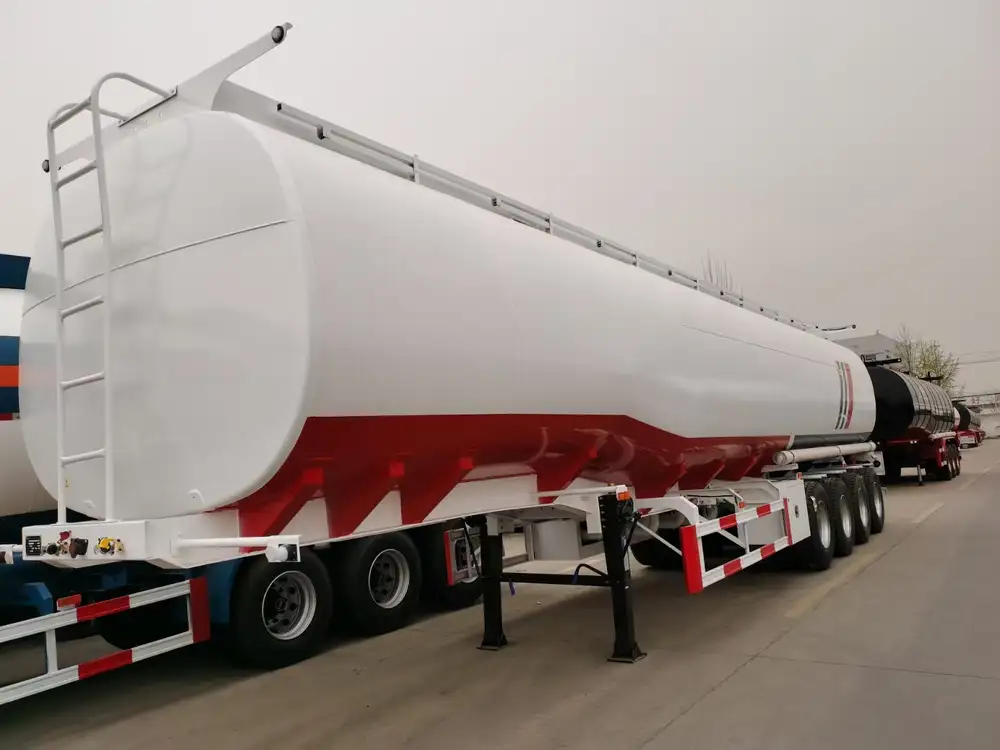The evolution of transportation has been one of humankind’s greatest achievements, shaping economies and societies across the globe. One pivotal development in this realm has been the semi-trailer truck, a vital component in the logistics and freight industries. Understanding the inception of this remarkable vehicle offers profound insights into its design, functionality, and significance in modern transportation.
Historical Context: The Birth of the Semi-Trailer Truck
The Early Days of Road Transport
The roots of the semi-trailer truck date back to the late 19th and early 20th centuries. During this period, horse-drawn wagons were the predominant method for moving goods over land. However, as industrialization progressed, there arose a pressing need for more efficient transportation methods.
In the 1890s, gas-powered engines began to emerge, facilitating the birth of motor vehicles designed for hauling. Noteworthy designs, like the automobile and early trucks, paved the way for innovations that followed, enabling the development of more complex hauling systems.

The Concept of the Trailer
Before delving into the invention of the semi-trailer truck, it is important to differentiate between various types of trailers. The traditional trailer was a non-motorized vehicle that towed behind a tractor. This concept evolved as needs dictated improved efficiency and capacity.
The semi-trailer, characterized by its unique design that allows for part of the vehicle’s weight to rest on the tractor unit, was an innovative adaptation that provided enhanced stability and maneuverability. This design’s origins can be traced back to the early 20th century, evolving from the simple farm wagons to more sophisticated designs.
The Inventor: Charles H. D. “Hap” Joslyn
Who Was Charles H. D. “Hap” Joslyn?
The creation of the semi-trailer truck is attributed to Charles H. D. “Hap” Joslyn, an American engineer and innovator in the transportation sector. Born in the late 1800s, Joslyn was fascinated by engineering and mechanics. His experiences in the burgeoning automotive industry led him to explore vehicle designs that could optimize freight transport.

Key Innovations and Patents
In 1914, Joslyn famously patented a semi-trailer design that featured a distinct coupling mechanism, allowing the trailer to detach easily from the truck. This innovation was crucial in advancing the practicality of semi-trailers, enabling quicker loading and unloading processes, which were essential for the rapidly growing logistics industry.
Table 1: Key Features of Joslyn’s Semi-Trailer Design
| Feature | Description |
|---|---|
| Adjustable Coupling System | Allowed for easy attachment and detachment of trailers. |
| Weight Distribution Mechanism | Enhanced stability during transport by evenly distributing load. |
| Modular Design | Facilitated easy customization for different types of loads. |
| Durability | Built to withstand the demands of long-distance hauling. |
The Evolution of Semi-Trailers and Their Impact
Adaptation Through the Years
Following Joslyn’s pioneering work, the semi-trailer truck saw numerous adaptations and enhancements. The introduction of air brakes, improved chassis designs, and advancements in materials contributed to their efficiency and safety. These developments were critical as they addressed common issues like braking performance and trailer weight management.

Semi-Trailers in the Logistics Industry
The semi-trailer truck significantly transformed the logistics and freight transportation landscape. By the mid-20th century, these trucks became the backbone of supply chains, enabling businesses to move goods rapidly and efficiently across vast distances.
- Increased Payload Capacity: Semi-trailers allow for larger loads than traditional trucks, thereby reducing transportation costs per unit.
- Flexibility in Design: Customizable trailer types (flatbeds, refrigerated units, etc.) cater to an array of industries, offering versatility that enhances service delivery.
- Cost Efficiency: The ability to quickly switch trailers without requiring extensive downtime (thanks to the semi-trailer design) significantly reduces operational costs.
Comparative Analysis: Semi-Trailers vs. Other Transport Methods
Table 2: Comparing Semi-Trailers with Other Transport Methods
| Transport Method | Advantages | Disadvantages |
|---|---|---|
| Semi-Trailer Trucks | – High payload capacity – Versatile cargo options – Flexibility in routes | – Weather-dependent – Road regulations |
| Trains | – Energy-efficient – High volume for bulk goods | – Limited to rail infrastructure |
| Ships | – Cost-effective for international shipping | – Longer transit times – Port limitations |
| Air Freight | – Fastest delivery method – Ideal for high-value items | – Expensive – Limited weight capacity |
Addressing Common Questions about Semi-Trailer Trucks

How Do Semi-Trailer Trucks Operate?
Understanding the operational mechanics of a semi-trailer truck is fundamental to appreciating its design. The tractor unit is equipped with a powerful engine that provides propulsion. The semi-trailer is connected through a fifth wheel coupler, which allows the trailer to pivot smoothly while turning.
What Are the Safety Features in Modern Semi-Trailer Trucks?
Modern semi-trailers are constructed with numerous safety features:
- Anti-lock Braking Systems (ABS): Prevent wheel lock during braking, enhancing control.
- Electronic Stability Control (ESC): Reduces the risk of skidding or rollovers.
- Load Sensors: Monitor load distribution to prevent overloading.
What is the Future of Semi-Trailer Trucks?
The future of semi-trailer trucks is poised for innovation, driven by technology. Electric and autonomous semi-trucks are at the forefront, promising to reduce emissions and operational costs while improving safety measures.
- Electric Trucks: Manufacturers are developing electric semi-trucks that could revolutionize freight transport by minimizing environmental impact.
- Autonomous Driving Technology: Self-driving trucks could enhance efficiency by optimizing driving patterns and reducing human error.

Conclusion: The Lasting Legacy of the Semi-Trailer Truck
The semi-trailer truck’s invention stands as a hallmark of engineering ingenuity, reflecting the intersection of necessity and innovation. Through the groundbreaking work of Charles H. D. “Hap” Joslyn and subsequent improvements, these vehicles have changed how goods are transported, playing an essential role in global trade and local economies alike.
The journey of the semi-trailer truck is far from over. With advancements in technology and growing environmental considerations, the evolution of these vehicles will continue to shape the transportation industry. As we look to the future, understanding the past will provide the groundwork necessary for fostering innovation and efficiency in the logistics sector.
In conclusion, the semi-trailer truck is not merely a mode of transportation; it is a symbol of progress, embodying how ingenuity has continuously evolved to meet the challenges of its time. This legacy will inspire future innovations that may well revolutionize how we transport goods around the globe.



